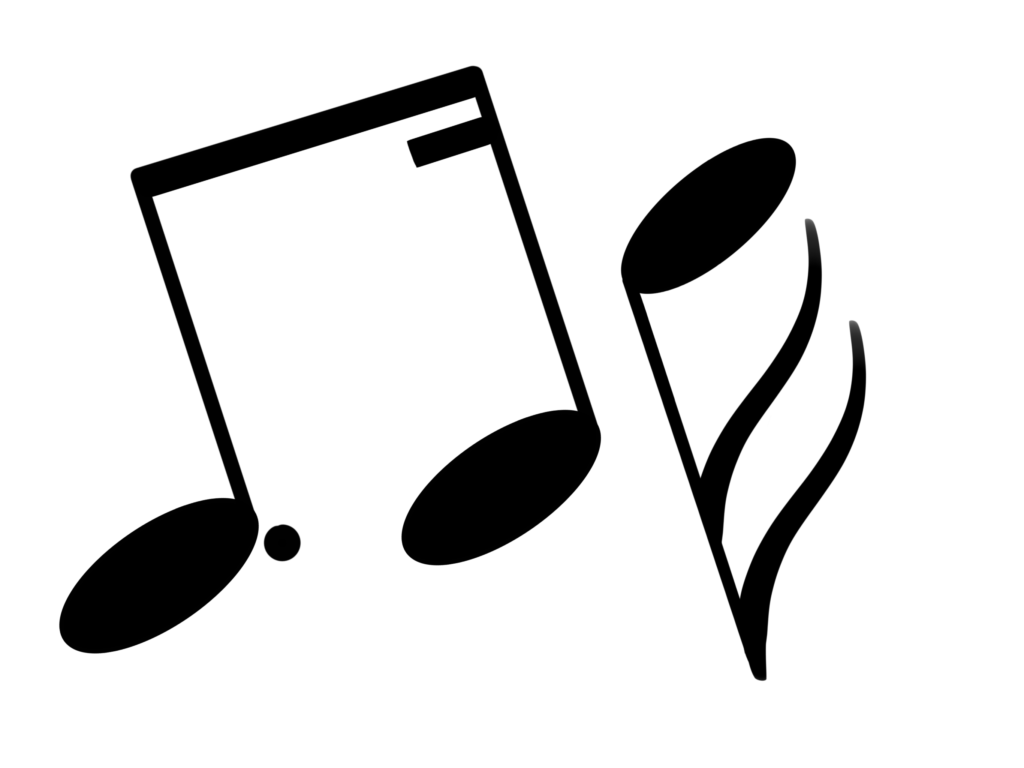ANNA GAGLIANO
Copy Editor
The transition to online classes amidst the COVID-19 pandemic has been tough for many students, but one particularly large group has been feeling it the hardest.
SUNY Fredonia students involved in music and the arts are struggling with the move toward distance learning.
Out of the 4,463 students who attend Fredonia, 568 are part of the School of Music, 295 are part of the theater and dance department and 244 are involved in the School of Visual Arts and New Media.
Arts majors make up almost a quarter of all undergraduate and graduate students, but unfortunately this majority are taking a substantial hit from the transition to distance learning.
Visual and performing arts classes thrive in a physical classroom environment, whether it be a live model to paint or a dance floor suitable for pointe shoes.
It didn’t take long after Governor Cuomo’s order for many students in the arts to wonder how exactly the rest of their semester was going to go.

The professors of these types of courses have been trying their hardest, though, and have been able to set guidelines and assignments that achieve the initial goals of their class as best they can.
“For my ballet class, my professor has been sending us videos for us to complete and send to her by 10 p.m. on the days we typically would meet. For practical evaluations we submit videos of us doing certain dance moves/positions for her to watch and grade,” said junior theater arts and public relations major, Angelea Ruiz. “My professor does send videos and workouts for us to do and send to her, which I appreciate greatly, but nothing beats being able to dance in a studio.”
It isn’t just performance-based classes and concentrations that are suffering due to distance learning, though. Any major that involves the arts in any way is being negatively affected by Governor Cuomo’s order.
According to junior music therapy major Julia Aiello, her guitar and piano classes have become increasingly more complicated.
“The structure of those specific classes is to have live performance and on-the-spot feedback for practice and improvement… Because we are not meeting anymore, instead of doing video calls, my professors doubled the workload to make up for class time. There is no longer structure and it’s a lot harder to get help,” Aiello says.
For upper-class students like Aiello, their demonstration of efficiency and skill in their performance classes is critical to earning their desired degree.
Distance-learning has severely hindered the process of these courses, though, and the absolute worst time it could’ve happened was now, in the middle of their junior spring semester.
“For some classes, especially the performance classes, it’s thrown a curve in my learning experience because I’m not getting the full knowledge that I need to get in order to properly get my degree,” Aiello said.
The online classes have been difficult for students that heavily rely on one form or another of arts, but the school has been trying relentlessly to make them work.
Professors have had to pull apart and rearrange their typical curriculum in order to provide some kind of learning environment, but there is still a lack of face-to-face involvement that is vital for true engagement and retention.
Perhaps the greatest loss from online classes for these students and professors, though, is their creative outlet and self-expression.
“Although my professors are doing an excellent job, I still feel cheated,” Ruiz said.
“Dancing has always been one of my favorite things to do, however, I dread online classes. It breaks my heart that my favorite thing to do doesn’t really bring much joy to me through an online platform.”
